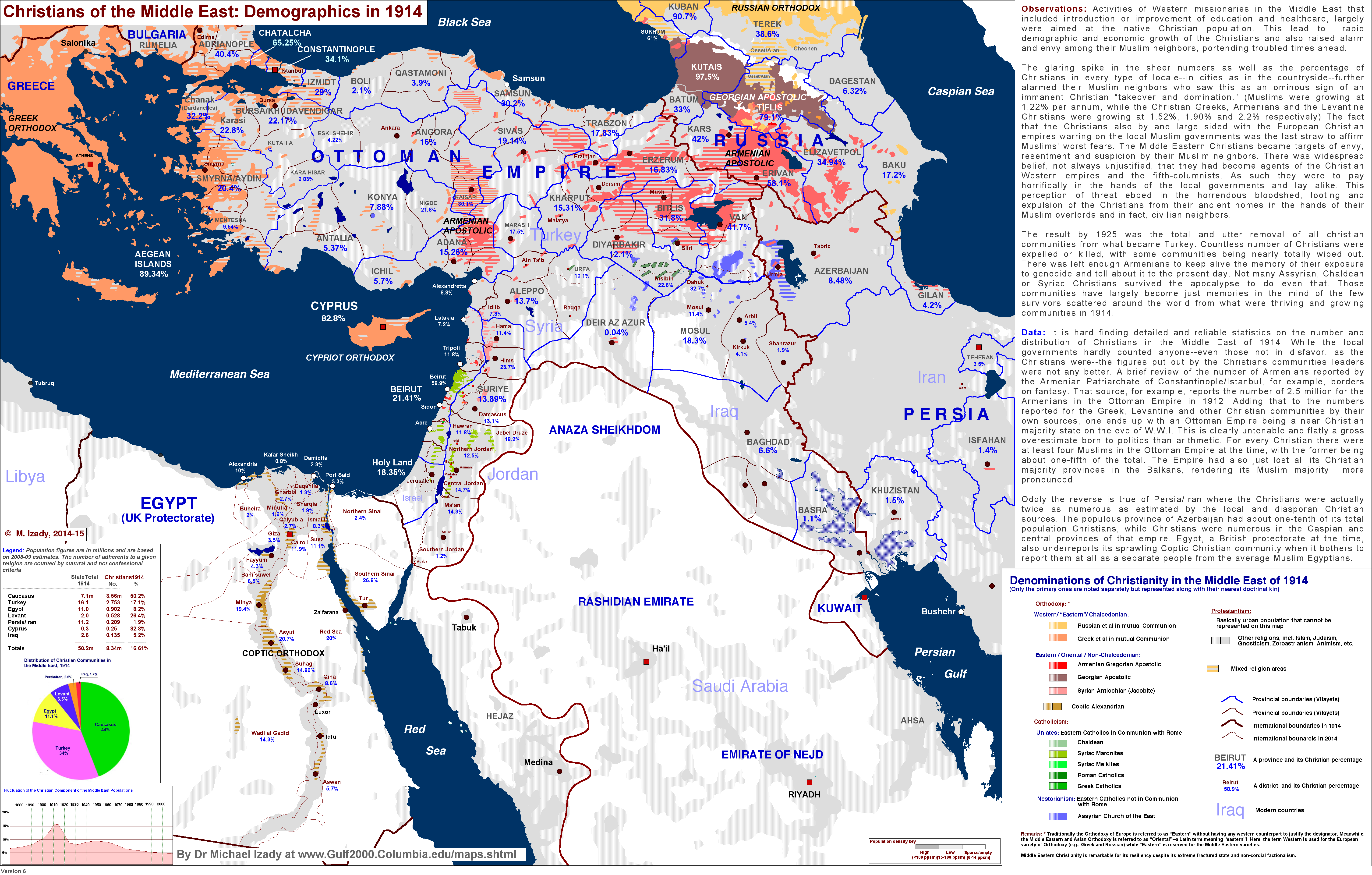VictortheMonarch
Victor the Crusader
AS the title says, instead of continuing with Tengrism (a rather awesome god tbf) the Mongols instead convert to Nestorianism. Nestorian Christianity had a decent hold over Mongolia, such as the Kerait clan who's women were often married to such esteemed individuals such as Hulagu Khan of the Ilkhanate. Nestorianism is often referred to as Syriac Christianity or the Syriac Orthodox Church (not to be confused with the Syriac Catholic Church). For whatever reason Nestorianism would fade following the collapse of the Mongol Empire.
The question is, what would happen if the Mongols were Nestorian? I highly doubt muslims would take well to being ruled by christians (as we've found out, it never works out well, without viciously massacring them) what would a map of religion look like? what would history look like?
The question is, what would happen if the Mongols were Nestorian? I highly doubt muslims would take well to being ruled by christians (as we've found out, it never works out well, without viciously massacring them) what would a map of religion look like? what would history look like?


